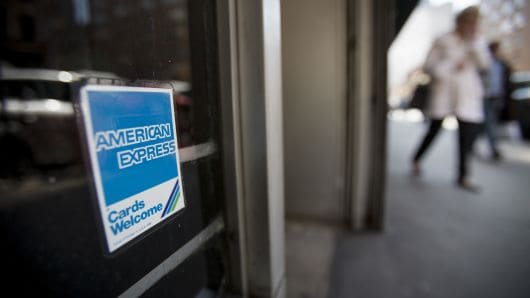
The potential of a U.S. debt default crisis is beginning to worry Americans.
A new survey from the University of Michigan revealed that for the first time this year, the “debt crisis standoff” is one of the factors contributing to a decline in consumer sentiment. Overall, the U.S. consumer sentiment index preliminary print was at its lowest in six months in May.
And since consumers are already feeling gloomy about the economy, the fallout from a debt default could be even worse.
“Throughout the current inflationary episode, consumers have shown resilience under strong labor markets, but their anticipation of a recession will lead them to pull back when signs of weakness emerge,” Surveys of Consumers director Joanne Hsu wrote. “If policymakers fail to resolve the debt ceiling crisis, these dismal views over the economy will exacerbate the dire economic consequences of default.”
While Wells Fargo’s team of economists doesn’t attribute all of the declines in consumer sentiment to the debt ceiling, that might change if the debate lingers.
“We expect the longer a resolution is unmet the more it will start to weigh on consumer mindsets,” Wells Fargo wrote in a note to clients on Friday. “Looking back to the debt ceiling impasse of 2011, consumers became increasingly concerned as the ‘X date’ grew closer, and the consumer sentiment index fell 18.5 points between May and August 2011.”
The debt ceiling’s introduction into consumer worries comes as the date of potential default for the U.S., known as the X date, nears. Treasury Secretary Janet Yellen, recently circled June 1 as the first potential day the U.S. may not be able to satisfy all its obligations.
A subsequent meeting between President Biden and Speak of the House Kevin McCarthy came and went on Tuesday without meaningful updates. A follow-up meeting scheduled for Friday was moved to next week.
“A default on U.S. obligations would produce an economic and financial catastrophe,” Yellen said during a press conference in Japan on Thursday. “Millions of Americans could lose their jobs. Household incomes would be reduced. American businesses would see credit markets deteriorate. And millions of American families that receive government payments would likely be left without the resources that they were promised.”
Yellen added the “threat of default” could also “impose serious economic costs.” History agrees with the Treasury secretary. The S&P 500 fell more than 17% during the debt ceiling crisis of 2011.
JPMorgan Chase’s (JPM) Jamie Dimon echoed a similar sentiment on Thursday in an interview with Bloomberg.
“I don’t think it’s going to happen — because it gets catastrophic, and the closer you get to it, you will have panic,” Dimon said. “It affects contracts, collateral, clearing houses, clients – it affects clients differently around the world. You have to then anticipate what people are going to do.”
JPMorgan has started a “war room” to discuss the debt ceiling. The unrest comes as Dimon and his bank have already been dealing with repeated banking turmoil that doesn’t appear to be over yet.
The regional banking uncertainty, coupled with sticky inflation and warnings of a consumer slowdown, make the debt ceiling one of many things weighing on markets.
But as June 1 nears, the debt ceiling could become a leading driver not just for consumer sentiment but stocks as well.
“We expect this [debt limit] resolution will likely go down to the wire, which means risk of… higher rates [and] broad market volatility in late May or early June,” Bank of America analysts wrote in a note to clients on May 4.
Overall, The University of Michigan’s Consumer Sentiment index declined to 57.5 in May. Expectations were for a print of 63, according to Bloomberg consensus data.
Consumers aren’t feeling much better about inflation either. Expectations for inflation over the next year dropped slightly in May to 4.5%. Meanwhile, expectations for long-term inflation came in 0.2 percentage points higher than last month at 3.2% — the highest mark since 2011.























